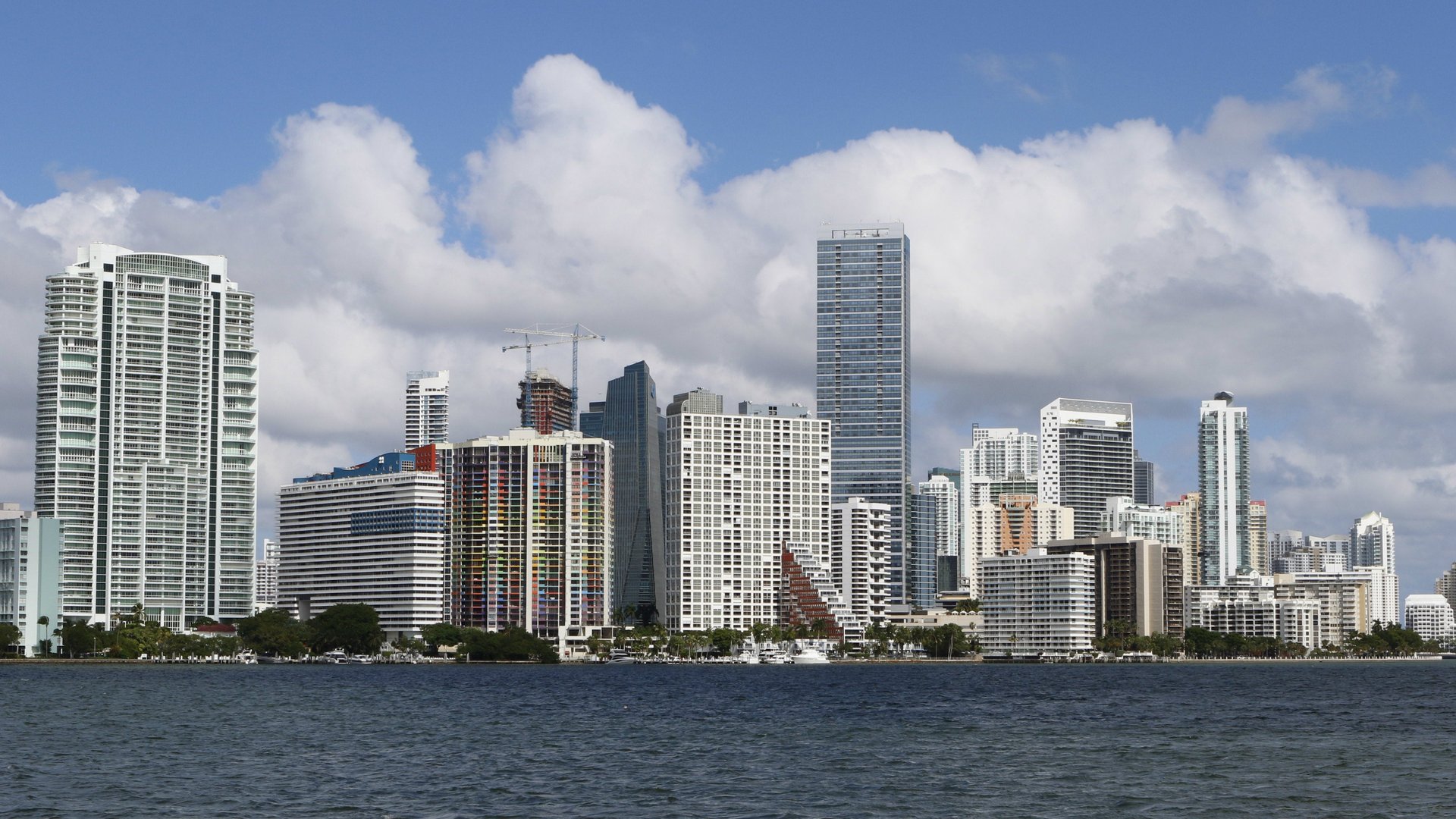Charted: Hurricane Irma has a lot more stuff to destroy than Andrew did 25 years ago
In August of 1992, the most destructive hurricane ever to hit Florida made landfall.


In August of 1992, the most destructive hurricane ever to hit Florida made landfall.
Hurricane Andrew, a category 5 storm, was the costliest hurricane ever in the US, with $26.5 billion in damage, until Hurricane Katrina struck the Gulf Coast in 2005. In Miami-Dade County, Andrew killed 65 people, destroyed more than 63,500 homes, and damaged almost 125,000 others. In fact, the hurricane was so destructive that the World Meteorological Organization retired the name “Andrew” after the 1992 hurricane season.
Southern Florida bore the brunt of the storm’s impact and will again for Irma, whose damage is predicted to be much worse.
For one, Irma is bigger, by some reports triple the size of Andrew.
Secondly, Irma is expected to impact many more people and buildings than Andrew did, partly because of the storm path (Andrew’s path took it 20 miles south of Miami, near the smaller city of Homestead, Florida), but mostly because of the huge development and population growth in the Miami-Dade area over the last 25 years.
This time lapse from CNN, created from satellite imagery, shows the growth in the Miami-Dade area since 1992:
Since Andrew hit, central and south Florida have experienced a population and construction boom, with luxury high-rises proliferating around Miami Beach and property values climbing to new heights. According to a recent analysis from reinsurance firm Swiss Re, if Andrew hit south Florida today in the same place and with the same strength, the insured losses alone would increase to between $50 billion and $60 billion (roughly double or more the actual damage) because of increased development and asset values.
Assuming a similar percentage of coverage by the insurance industry today compared with when Andrew struck, the physical damage could be up to $100 billion even before the longterm impact on tax and tourism revenue.
Here are some charts that show why:
The population of Miami-Dade County has increased by over 35% since 1992.
The fiscal year beginning Oct. 1, 2016, has so far seen seven times the amount of building permits issued than in 1992.
The value of construction on residential property has exploded.
The average home price in Miami-Dade County has more than doubled in the last 25 years.
“We all know is how urbanized the South Florida area is,” said Edgar Westerhof, national director for Flood Risk and Resiliency at Arcadis, an engineering firm that specializes in water management. “There’s a lot of value at risk in the path of the hurricane.”